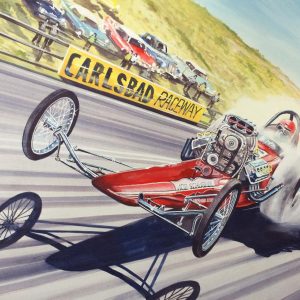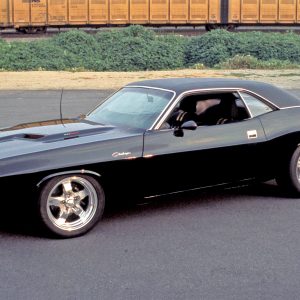mustang

If there is such a thing as an ’03 Cobra sleeper, and we’re not sure there is, this car could easily fill that vacancy. For those who know their Mustangs, the front fascia, hood and rear spoiler are all signs that this is not a car to underestimate. But the ’03 Cobra, mighty as it is, isn’t invincible. So, if you’re prowling the streets or the track in some modded Mach or souped SS, you might see this car and assume you’ve got something for it. You don’t—Ford Racing made sure of that, throwing practically its entire catalog at this car. But if you bought the best Mustang available, and it still isn’t enough for you, Ford Racing has something for you—and this car is living proof.
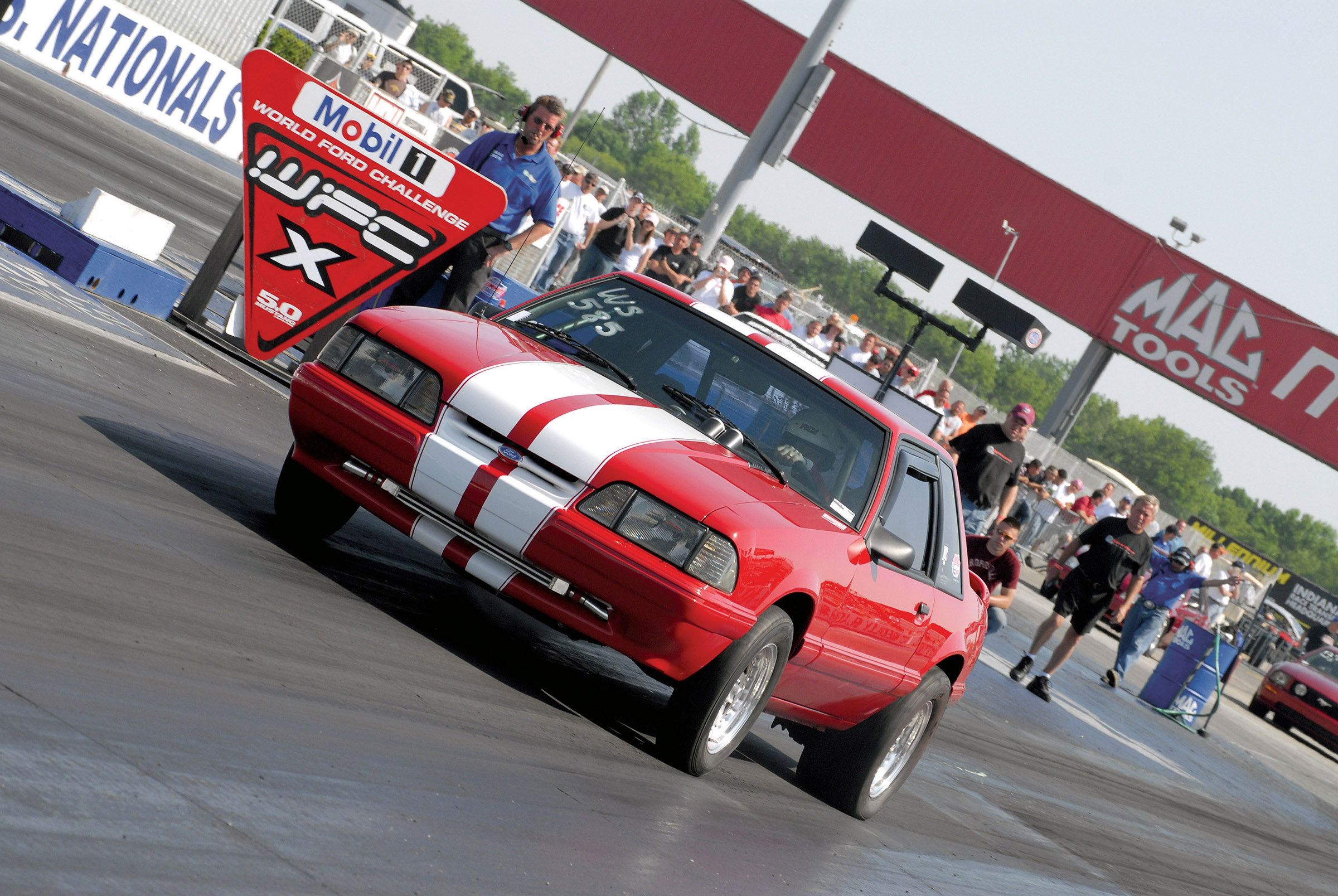
Fox-body cars changed over the years, usually for the better. So, while everyone can spot a Fox Mustang, we decided to take the time to compile photos of some of the more popular Fox variations so that you can tell just what you’re looking at the next time you head to a car show or dragstrip. Sadly, we can’t provide an absolutely comprehensive guide to spotting every Fox-body model produced. Some of these cars, such as the Mercury Marquis, are just too rare in enthusiast circles for us to have a single example of one in our photo library. We’ve also included a few pictures of historic Fox-platform racecars, for no other reason than we like them, and thought you would, too. So, if you don’t know an SVO from a Turbo Coupe from an XR7, study this guide so that you, too, can become a true Fox fan.
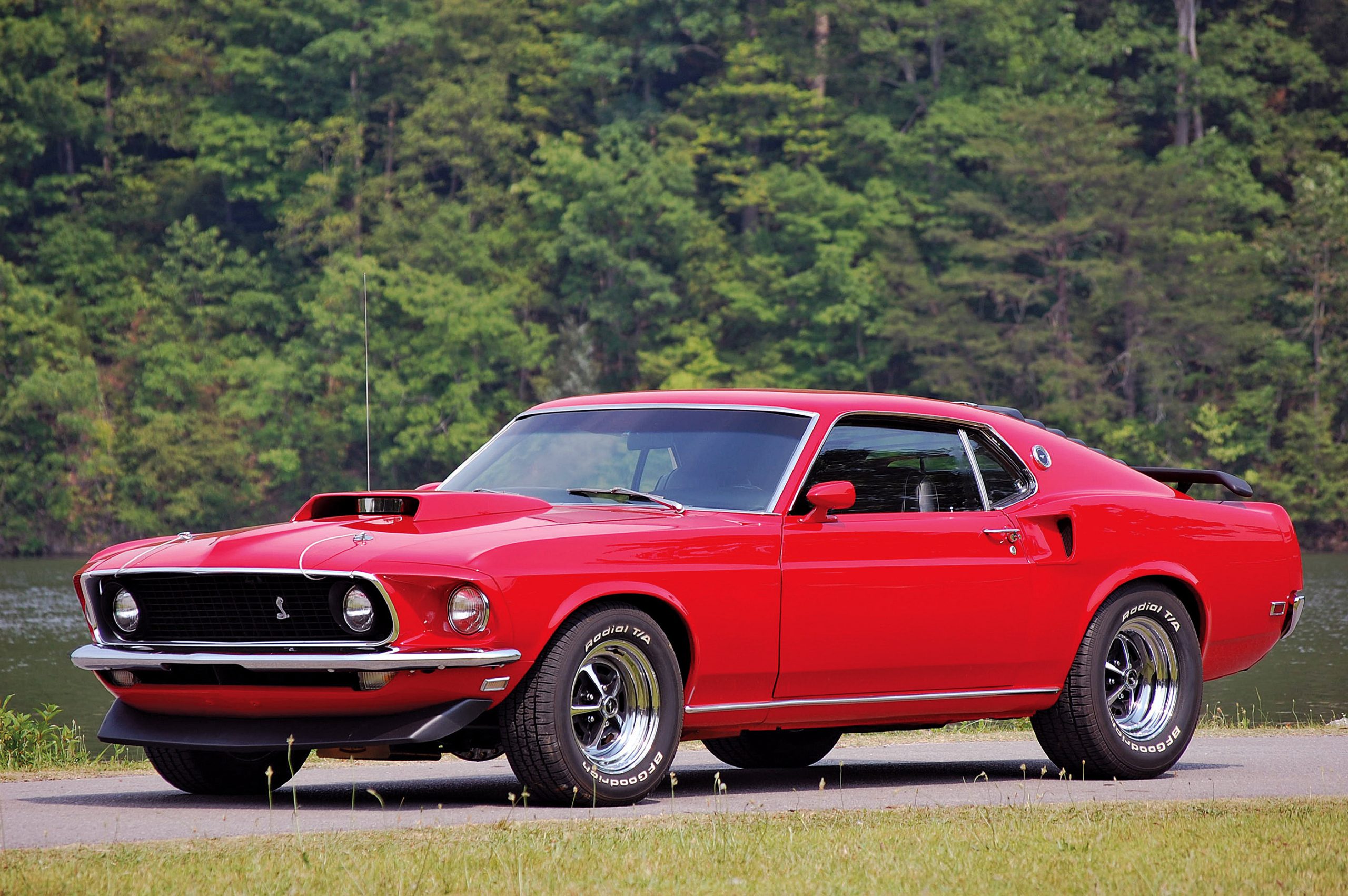
Mustangs are usually not candidates for sleepers, because everyone knows Mustangs have plenty of power from the factory for their lightweight bodies. This example, owned by Mike Skiles, looks like an original ’69 Mustang, but as soon as the engine is fired, that logic is thrown out the window.

The automotive and racing world was rocked by the sudden passing of racing phenom, internet sensation, and master of all-things automotive Tom-foolery, Ken Block on January 2nd. Hoonigan, Block’s automotive lifestyle and clothing brand, reported that Block was riding snowmobiles at his Utah ranch, where a single snowmobile incident on a steep incline claimed the life of the 55 year old.
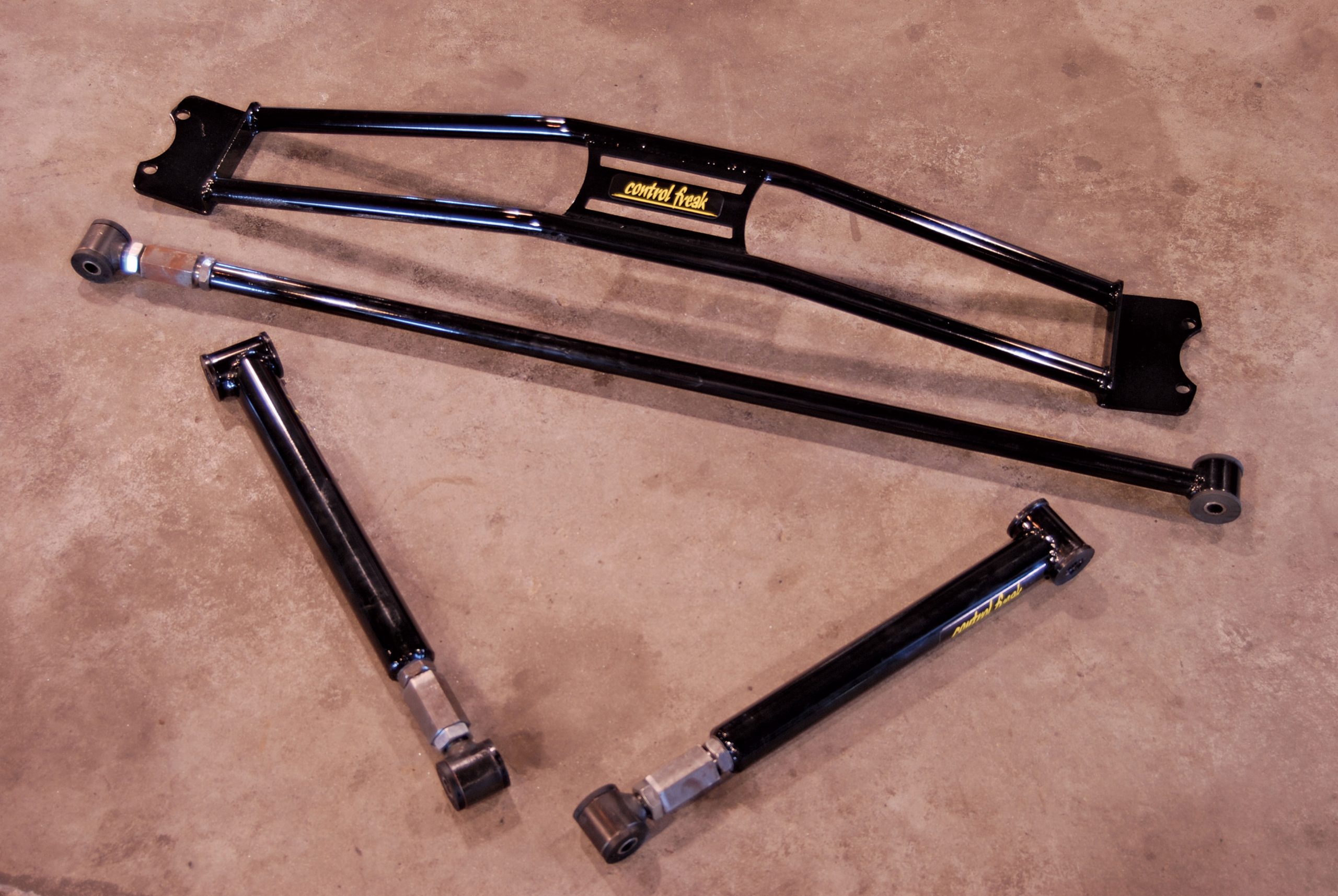
Improving your new Mustang doesn’t have to be an arduous affair. You’re supposed to enjoy working on your car, RATHER than dreading getting off work because you “have” to wrench on the Ford. With that attitude in mind, we recently spoke with Al Kamhi, of Control Freak suspensions, to get his advice on what enthusiasts could do to further the concept of upgrading a Mustang in just an hour or two. But there’s a catch: the upgrade had to make a real difference in the car’s performance.
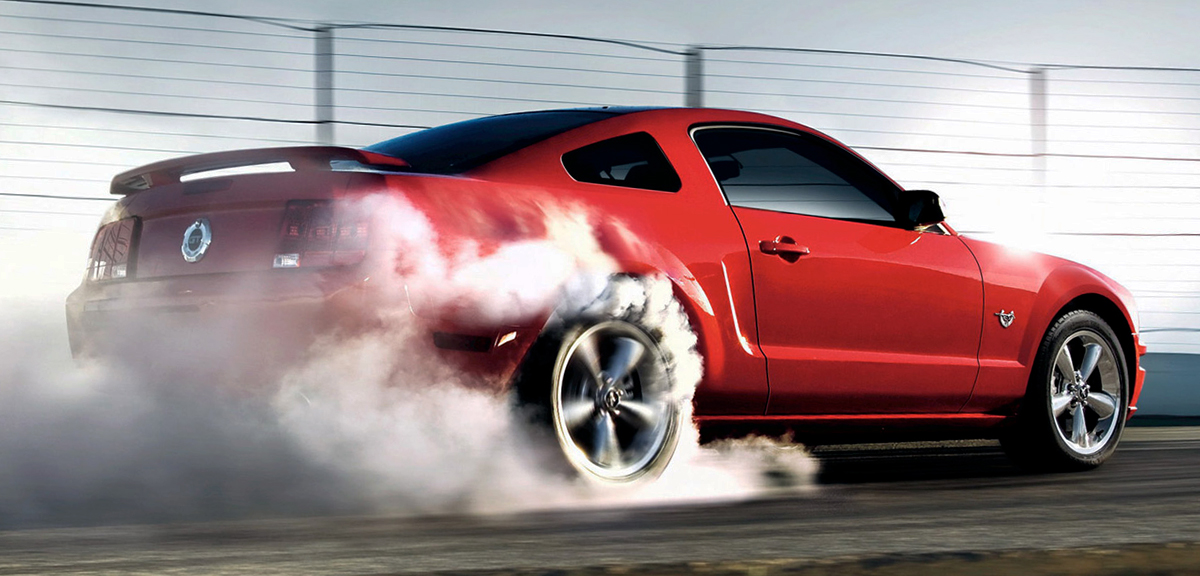
Replacing the rear suspension arms is something of a Mustang tradition, and the S197 platform is no exception. Wheel hop is proving to be something of a problem on these vehicles, and Modular Mustang Racing has the solution in the form of new lower rear control arms for the ’05 Mustang.
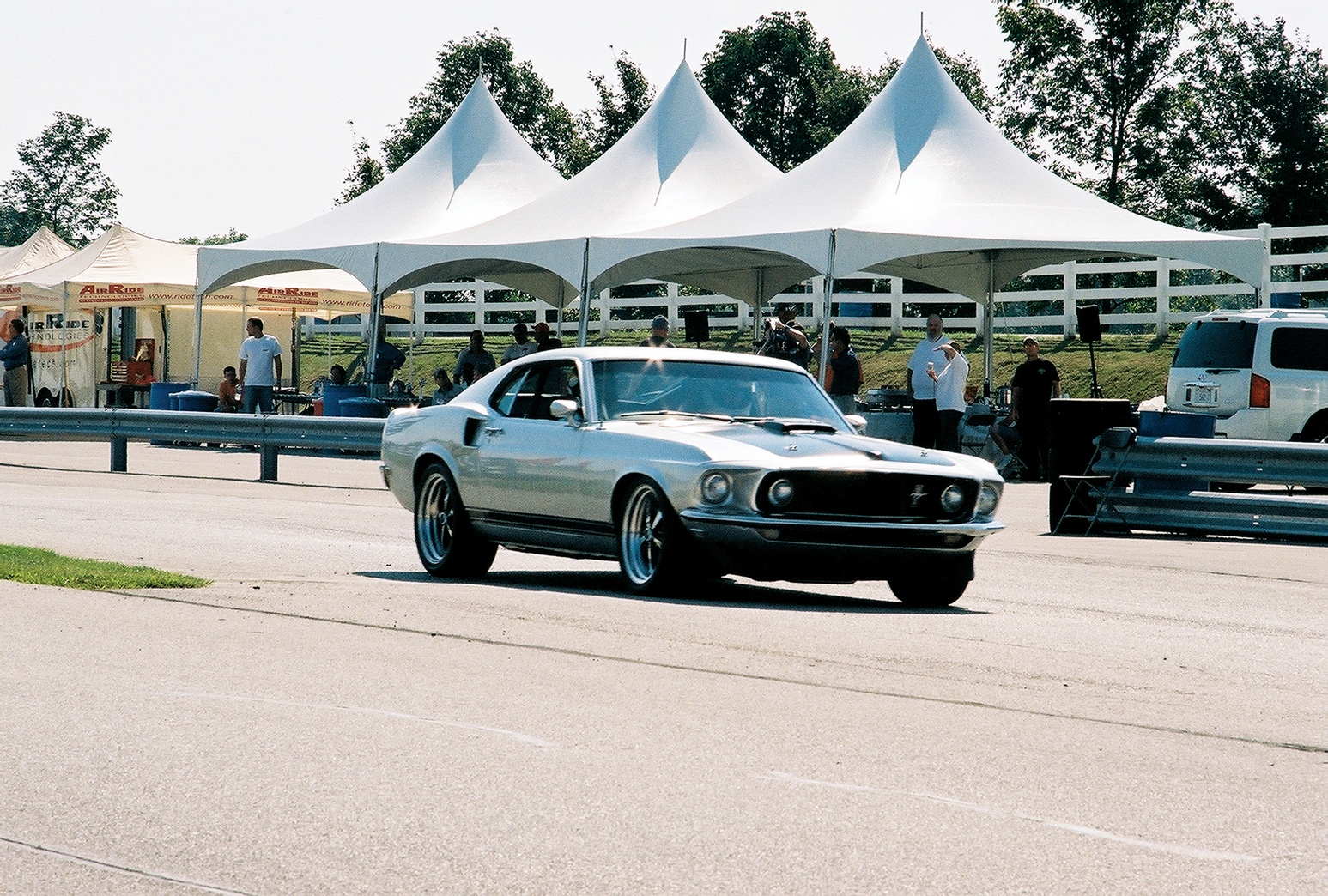
As much as it rankles Blue Oval fans, the early Mustangs used the same suspension as the Falcon and the Comet. It brings to mind cars powered by little six-bangers, dubbed “economy cars,” and not meant for the performance-minded-like a ’60s version of a Geo Metro or Yugo. Those who drove them loved and abused them, and quickly determined the limits of the factory suspension—especially with any power under the hood.
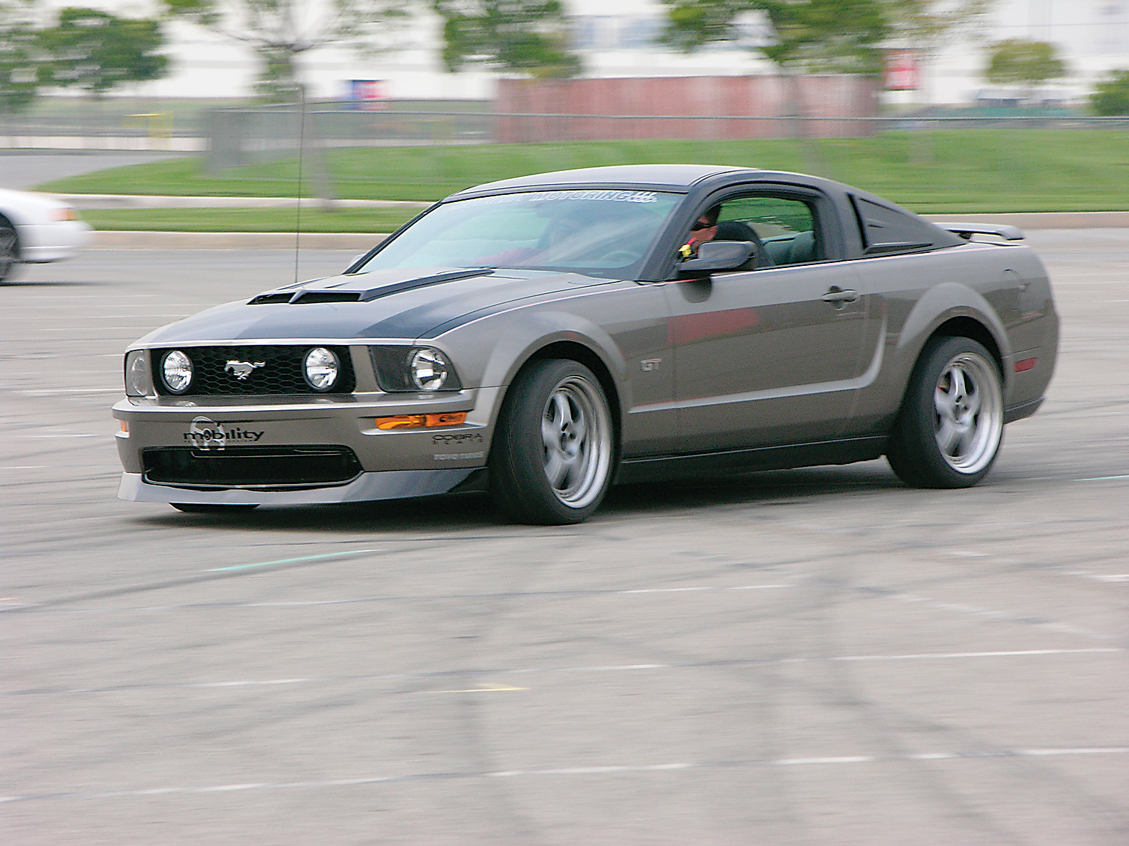
After seeing several ʼ05 Mustangs fitted with StopTech brakes on display at various shows, we made it a point to talk with them about the system they have designed for this car. The result was an impromptu testing session at the California Speedway in Fontana. As it turns out, just because the company had developed a kit that fit the Mustang didnʼt mean they were finished—not by a long shot.






